Class 4 Exam > Class 4 Notes > Social Studies Class 4 ICSE > Chapter Notes: Sources of History
Sources of History Chapter Notes | Social Studies Class 4 ICSE PDF Download
| Table of contents |

|
| Introduction |

|
| Archaeological Sources |

|
| Literary Sources |

|
| Importance of Preserving Sources |

|
| Archaeologists and Historians |

|
Introduction
In this chapter, we will learn about how we find out about the past. Things like old buildings, coins, and books help us know what happened long ago. We will see how these things are divided into two big groups: Archaeological Sources and Literary Sources. We will also learn why it is important to take care of these things and who helps us study them.

Archaeological Sources
- Archaeological sources are things made or built by people long ago.
- These things can be buildings, coins, tools, or pottery.
- People who study these things are called archaeologists.
- Archaeologists dig the ground carefully to find these old things. The digging process is called excavation.
- Archaeological sources help us learn about times when there were no books.
- We can group these sources into monuments, inscriptions, and artefacts.
Monuments
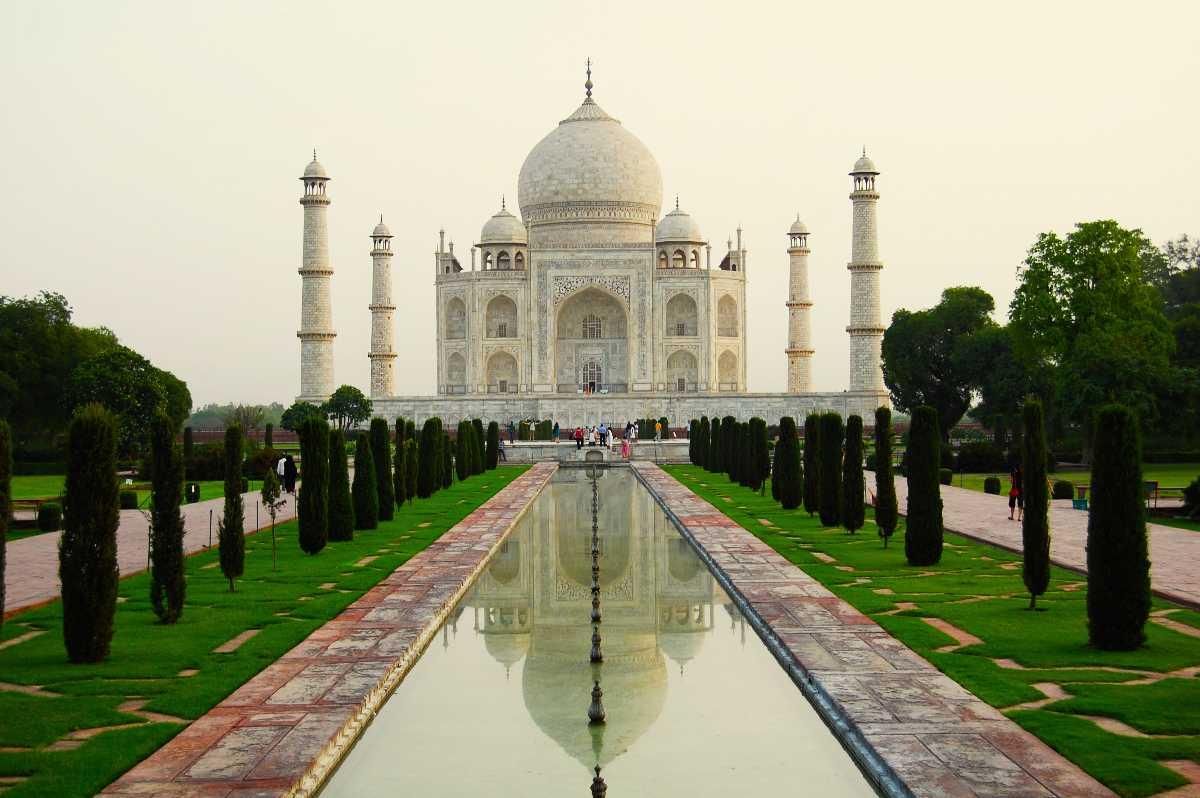
- Monuments are very old buildings or structures.
- They help us know about the history of the past.
- Monuments can be buildings, forts, palaces, step-wells, or rock-cut caves.
- These buildings tell us about the people who lived long ago.
- They also tell us how those people lived.
- We learn about their society and religious practices from monuments.
- For example, the Sun Temple at Konark in Odisha tells us about the sculpture, architecture, and engineering of the 13th century in India.
Inscriptions
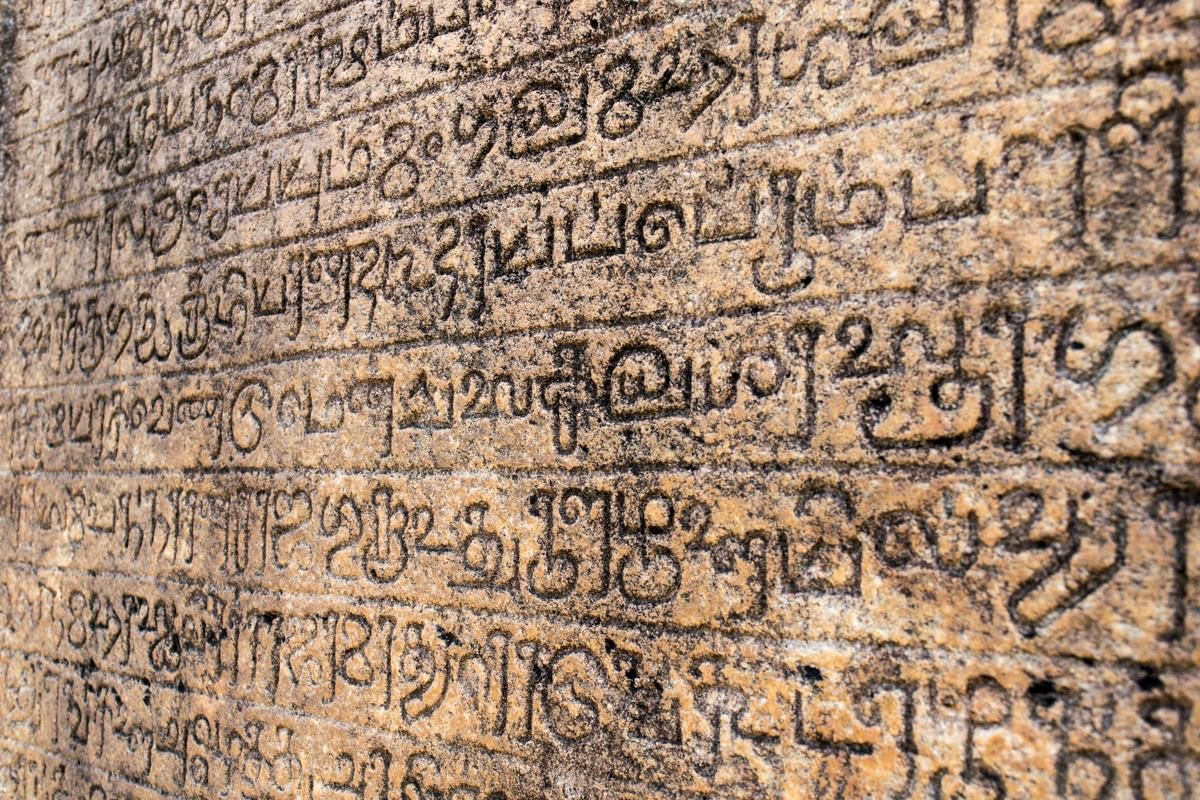
- Inscriptions are writings or drawings carved on hard surfaces.
- These can be on seals, temple walls, stones, pillars, wooden tablets, bricks, or copper plates.
- Most of these inscriptions tell us about the kings and their decisions or achievements.
- For example, we learn about King Ashoka through the inscriptions on the Ashoka Pillar.
- The study of inscriptions is called epigraphy.
Artefacts
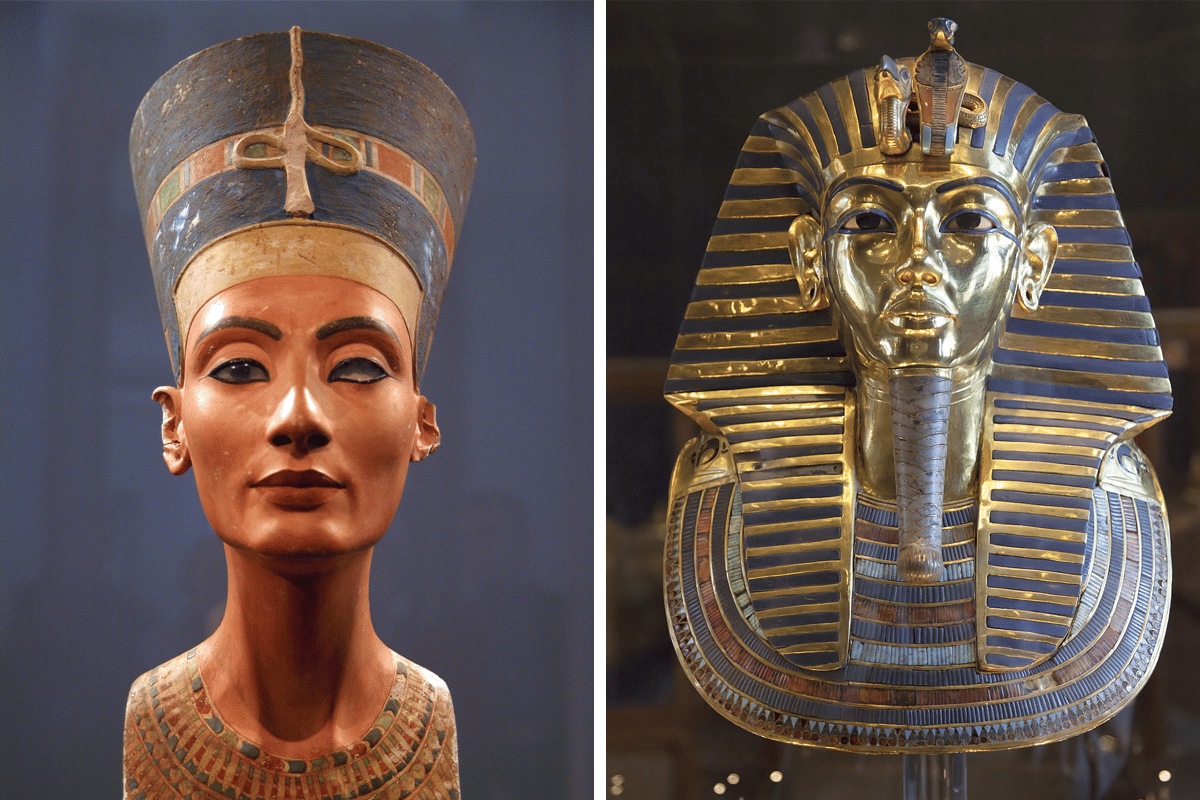
- Artefacts are things made by people long ago and used by them.
- These can be pottery, tools, jewellery, seals, coins, toys, and more.
- Artefacts tell us about the lives of people in the past.
- For example, many artefacts like pottery, toys, and seals were found from the Indus Valley Civilization.
- These artefacts tell us about the religion people followed and the animals that lived at that time.
Coins: Important Artefact
- Coins from the past are a big source of history.
- They were made of different metals.
- Coins tell us about the kings and dynasties of the past.
- Some coins have images of gods and goddesses, which tell us about the religious beliefs of the people.
- The places where coins are found tell us about the area a king ruled.
- They also tell us about trade in the past.
- For example, many European coins found in South India show that trade happened between South Indian kingdoms and European empires long ago.
Question for Chapter Notes: Sources of HistoryTry yourself: What helps us learn about times when there were no books?View Solution
Literary Sources
- Literary sources are books or writings from the past.
- Long ago, people wrote on tree bark, palm leaves, wooden tablets, and later on paper.
- These writings tell us about how people lived in the past.
- Literary sources are divided into three types: religious writings, biographies and autobiographies, and accounts of foreign travellers.
Religious Writings
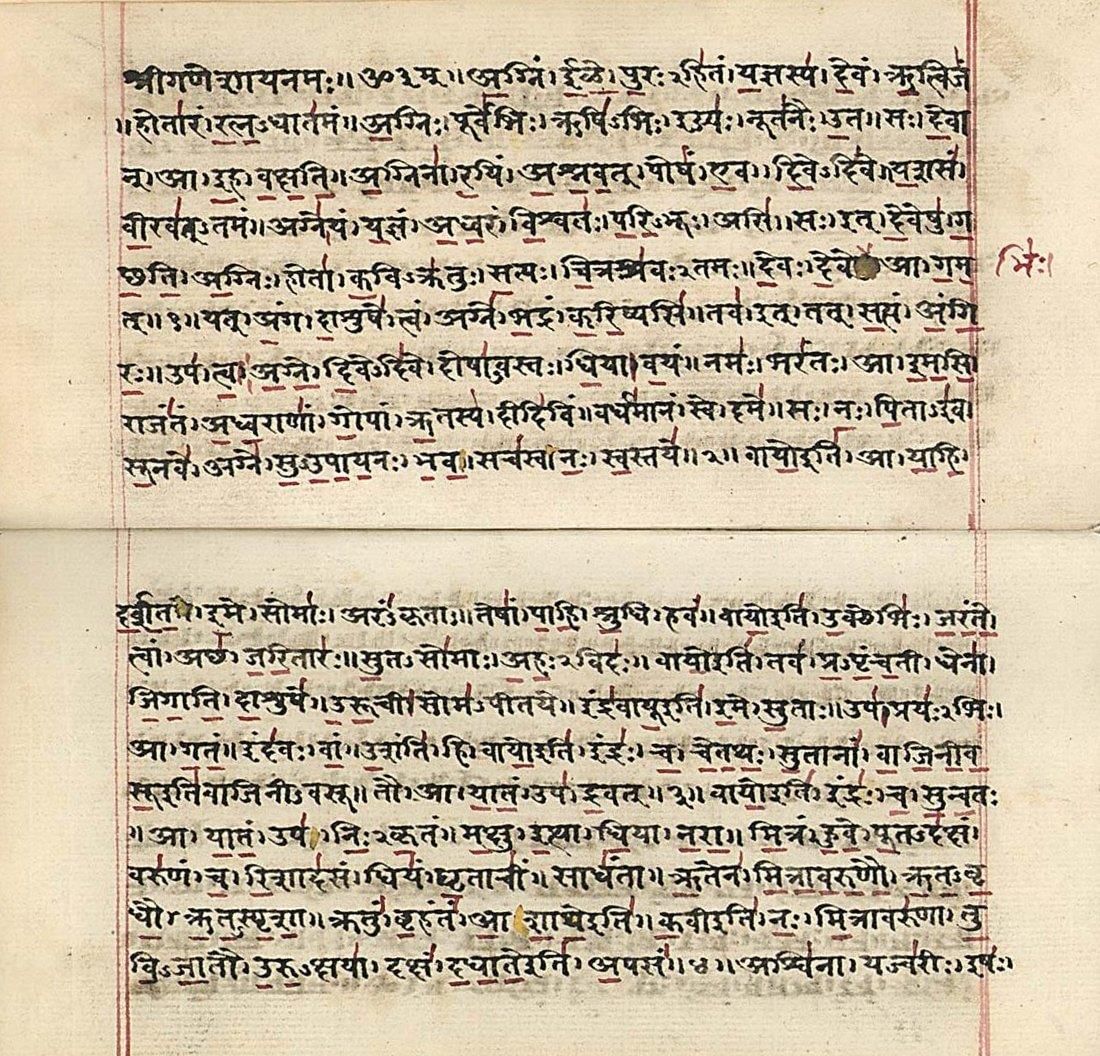
- Religious writings are a big source of history for ancient India.
- Hindu religious texts are the Vedas, the Upanishads, the Ramayana, and the Mahabharata.
- Buddhist texts like the Tripitakas are also important.
- These texts tell us about the religious beliefs of people.
- They also tell us about the social systems, customs, and culture of the past.
- For example, the Ramayana and the Mahabharata tell us about the values and customs followed in ancient India.
Biographies and Autobiographies
- In the medieval times, many kings wrote about their lives.
- A biography is a story about a person written by someone else.
- An autobiography is a story a person writes about their own life.
- For example, the Mughal ruler Babur wrote an autobiography called Baburnama.
- It tells us the story of his life.
- Another Mughal ruler, Akbar, had a biography written by Abul Fazl called Akbarnama.
- These books tell us about the rulers, the people, the kingdoms, the battles they fought, the religions they followed, and many other things.
Accounts of Foreign Travellers
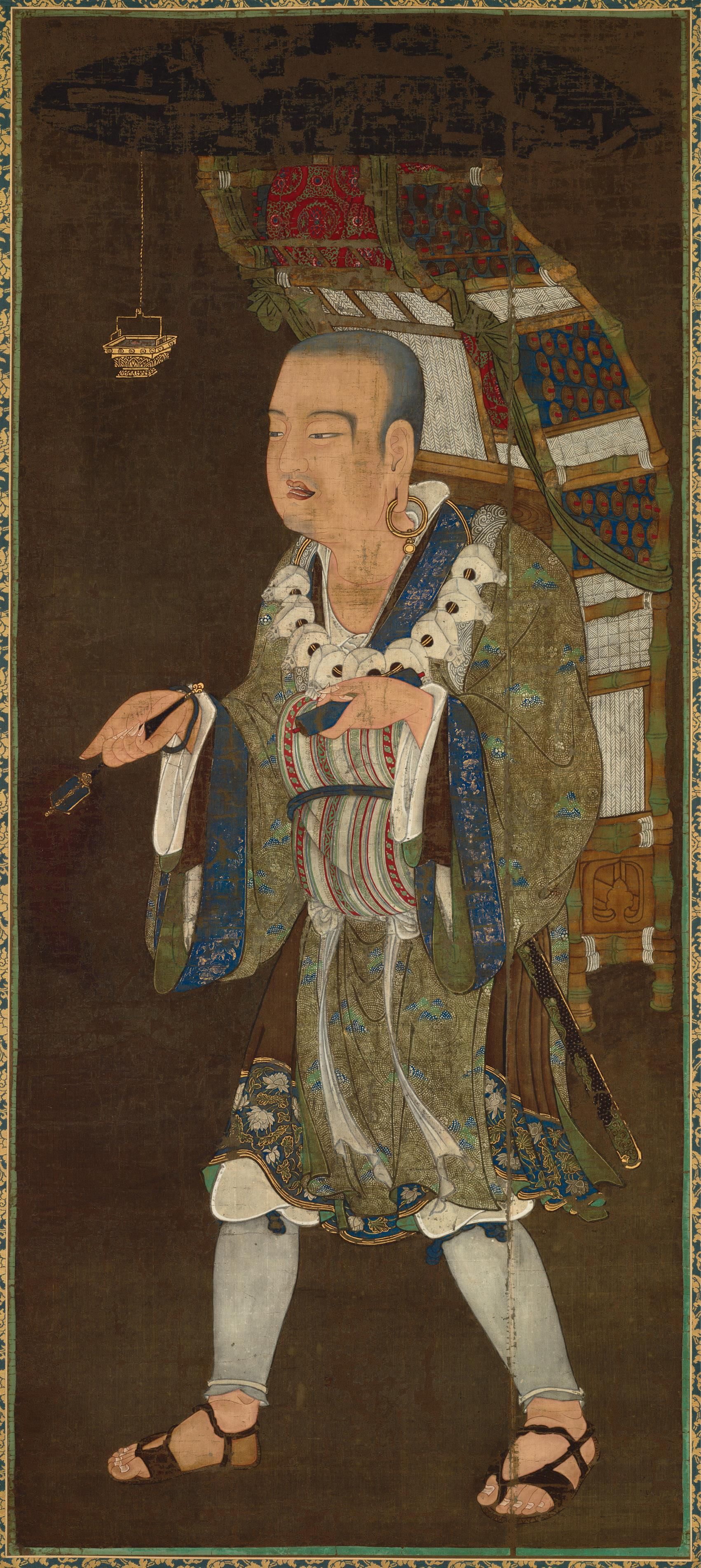
- In ancient times, foreign travellers came to India and wrote about what they saw.
- The Chinese travellers Fa-Hien and Hiuen Tsang wrote about their experiences in India.
- Fa-Hien wrote about the time of the Guptas, which is called the Golden Age of ancient India.
- Hiuen Tsang, known as the Prince of Pilgrims, wrote about India during the rule of King Harshavardhana.
- These writings tell us about the dresses of the people, the food they ate, the festivals they celebrated, and the monuments they built.
Importance of Preserving Sources
- Sources of history are very important to understand the life and times of the past.
- We need to take care of these sources.
- Old buildings like monuments, caves, and other buildings should be protected.
- The Archaeological Survey of India takes care of these old buildings.
- Movable things like artefacts are kept safe in museums.
- Every state has a museum to keep these valuable historical things safe.
Archaeologists and Historians
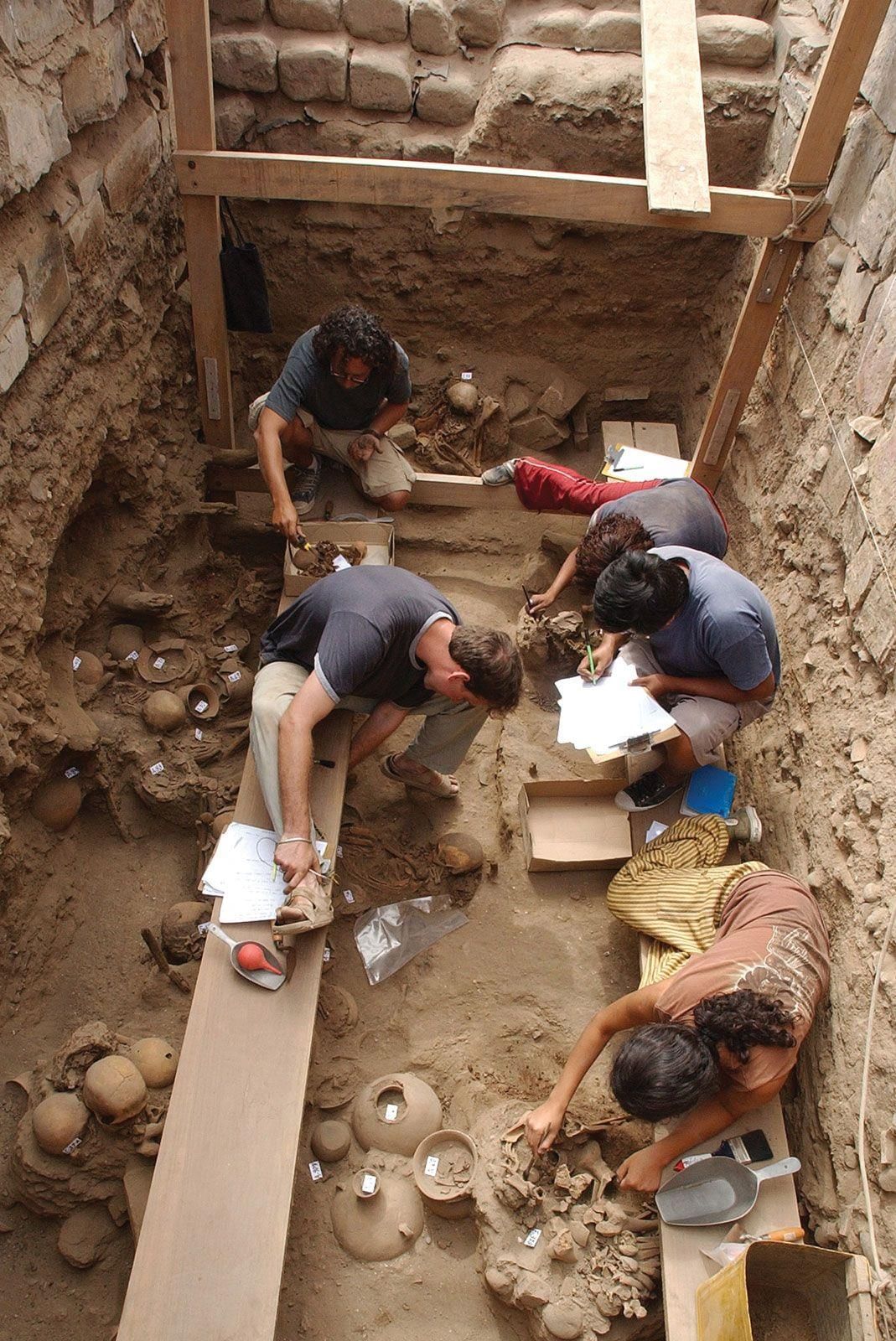
- Archaeologists and historians are people who help us learn about the past.
- Archaeologists dig the ground to find old things like monuments, ruins, buildings, and artefacts.
- For example, they found the Sun Temple at Konark, which tells us about the art and building skills of people in the 13th century.
- They also found artefacts like seals and pottery from the Indus Valley Civilization, which show us how people lived long ago and what animals they knew about.
- Archaeologists carefully study these things to understand the lives of people from the past.
- They also find inscriptions, like the ones on the Ashoka Pillar, which tell us about King Ashoka and his decisions.
- Historians take the things archaeologists find and study them more to tell us stories about the past.
- Historians also read old books and writings, like the Ramayana, Mahabharata, and the travel diaries of Fa-Hien and Hiuen Tsang.
- For example, historians read what Fa-Hien wrote to learn about the Golden Age of the Guptas in ancient India.
- Both archaeologists and historians write down everything they learn in records.
- These records help us today to know about the past, and they will also help people in the future.
- Archaeologists and historians work together to make sure we understand history correctly.
Question for Chapter Notes: Sources of HistoryTry yourself: Who studies past human activity?View Solution
Points To Remember
- Sources of history are divided into archaeological sources and literary sources.
- Archaeological sources include monuments, inscriptions, and artefacts.
- Literary sources include religious writings, biographies, autobiographies, and the travel accounts of foreign travellers.
- Archaeologists mainly find out physical remains of the past.
- Historians study and understand that information from the past.
Glossary
- Unarth: Bring out.
- Dynasty: A line of rulers, usually from the same family.
- Accounts: Reports or descriptions.
The document Sources of History Chapter Notes | Social Studies Class 4 ICSE is a part of the Class 4 Course Social Studies Class 4 ICSE.
All you need of Class 4 at this link: Class 4
|
43 docs|16 tests
|
FAQs on Sources of History Chapter Notes - Social Studies Class 4 ICSE
| 1. What are archaeological sources and why are they important in history? |  |
Ans.Archaeological sources are physical remains of past human activities, such as tools, pottery, buildings, and other artifacts. They are important in history because they provide tangible evidence of how people lived, worked, and interacted in different time periods, helping historians reconstruct and understand past societies.
| 2. How do literary sources contribute to our understanding of history? |  |
Ans.Literary sources include written documents such as books, letters, and poetry. They contribute to our understanding of history by offering insights into the thoughts, beliefs, and experiences of individuals from the past, as well as the social and cultural contexts in which they lived.
| 3. Why is it important to preserve historical sources? |  |
Ans.Preserving historical sources is crucial because they are the foundation of our understanding of the past. They allow future generations to learn about their heritage, understand cultural identities, and make informed decisions. Preservation also protects these sources from decay, destruction, or loss.
| 4. What role do archaeologists and historians play in studying history? |  |
Ans.Archaeologists excavate and analyze physical remains to uncover evidence of past human behavior and cultural practices, while historians interpret written documents and other sources to narrate and contextualize historical events. Both professionals work collaboratively to provide a comprehensive understanding of history.
| 5. How do archaeological and literary sources complement each other in historical research? |  |
Ans.Archaeological and literary sources complement each other by providing different types of evidence. Archaeological sources can validate or challenge information found in literary sources, while literary sources can offer context and interpretation for the artifacts discovered by archaeologists, leading to a more complete historical narrative.
Related Searches















